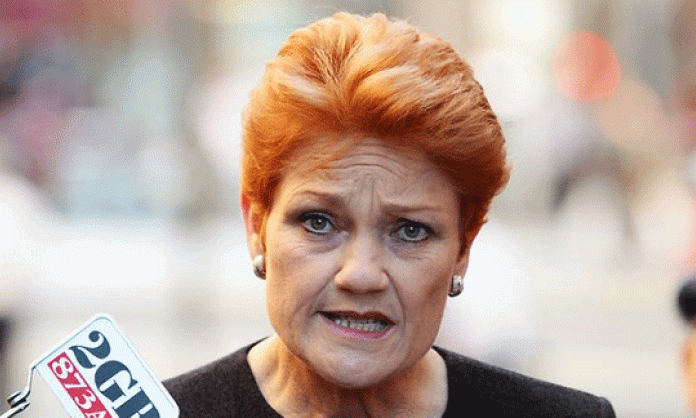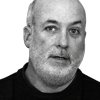There was a serious problem in late 1996. All of a sudden, friends of mine were being told by total strangers to “go back where you come from”. People I knew were, for the first time in their lives, being abused on a Melbourne street for speaking a language other than English.
Earlier that year, racist politician Pauline Hanson had burst onto the political scene. Her maiden speech denounced Asians for “forming ghettos” and slammed a so-called “Aboriginal industry”. For the first time in a generation, it was normal to hear explicitly racist speech in Australia’s official political life.
Hanson’s racism found a resonance. Murdoch’s newspapers treated Hanson as a megastar and reprinted her speech in full. Newly elected Liberal prime minister John Howard praised her racism as an exercise in “free speech”, while Labor leader Kim Beazley ducked for cover.
Despite her celebrity, however, Pauline Hanson had a problem: her profile wasn’t matched by any sort of national political machine. To fill this gap, Hanson launched her “One Nation” party, which by early 1997 was polling 13 percent. It announced a series of town hall meetings to build the organisation.
Openly fascist groups used the meetings to build themselves and connect to a wider audience. In Adelaide, National Action skinheads assaulted anti-racist protesters outside a One Nation meeting. The danger was that, as in many European countries, a mass racist political movement could develop, dominating the streets and shifting politics even further to the right.
We wrote in Socialist Alternative magazine at the time: “Whether the Hanson movement in its entirety will continue to lurch in a fascist direction is an open question. The fact that Hanson’s followers are becoming more organised and adopting large slabs of Nazi rhetoric is, however, ominous”.
In Victoria, however, things didn’t go well for the racists.
In May 1997, One Nation attempted to use Geelong West town hall for a meeting. More than 500 protesters let themselves into the hall and, greatly outnumbering the racists, voted to dissolve the meeting.
Two months later, One Nation booked the town hall in Dandenong – one of the most diverse and working class suburbs of Melbourne. Thousands of protesters turned up, mainly locals. We surrounded the hall and hurled eggs and water bombs at the would-be master race. The confrontation was national news. Smaller protests marked a similar meeting in Werribee.
It wasn’t until mid-1998 that Hanson was game to try a public meeting in Melbourne herself. One Nation booked the Hawthorn town hall and issued tickets to the Sporting Shooters Association. One anti-racist recreational shooter told their son, who happened to be a member of Socialist Alternative. We had a few days to plaster Melbourne with posters.
Thousands of people turned out, linking arms around the Hawthorn town hall and repelling repeated charges from mounted police. “MOB HALTS HANSON” was the Herald Sun banner the next day. In the following week, Hanson was chased out of Bendigo by hundreds of chanting high school students.
Socialist Alternative was a tiny organisation at that time. But we played a crucial role in leading these protests, and – even more importantly – in politically defending them against their critics, right and left.
We were told that the protests were giving Hanson publicity. We pointed out that, thanks to Rupert Murdoch, the horse had already bolted on that one. But what we could do was affect the sort of publicity Hanson got – whether she was portrayed as an all-conquering hero or a divisive political figure whom masses of people hated.
Every serious mass confrontation with the racists reduced their standing in the opinion polls and made it harder for the racists to consolidate their softer supporters into a political machine.
These determined mass confrontations were crucial, but they weren’t the only important rallies. In late 1996, Victorian Trades Hall Council called a “Take a Stand Against Racism” rally. It was huge, with tens of thousands packed into Treasury Gardens. I remember being struck by how many blue collar migrants were there, standing around beaming at the enormous throng.
Twenty years later, we’re facing another wave of racism. Murdoch’s papers now provide talking points and promotion for an openly fascist movement. For the first time in a generation, Nazis have been able to connect with a mass mobilisation in the form of Reclaim Australia.
An effective anti-racist movement consists of many things – including serious work in our unions, large passive mobilisations and building a movement that directs justified anger at the real enemies. One crucial part of such a movement is the sort of direct confrontations that stopped Hanson’s foul racist politics from consolidating a mass movement in the streets.
We’ve done it before, and we have to do it again.





